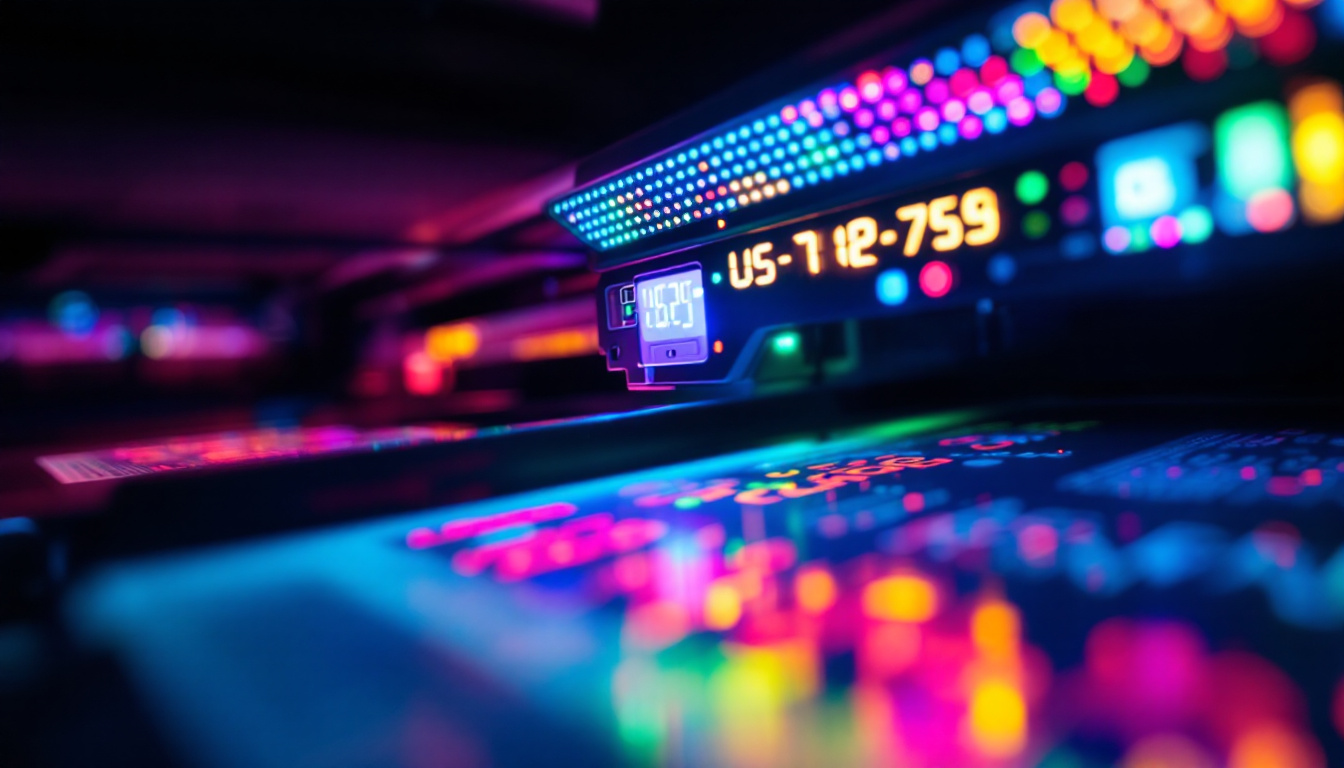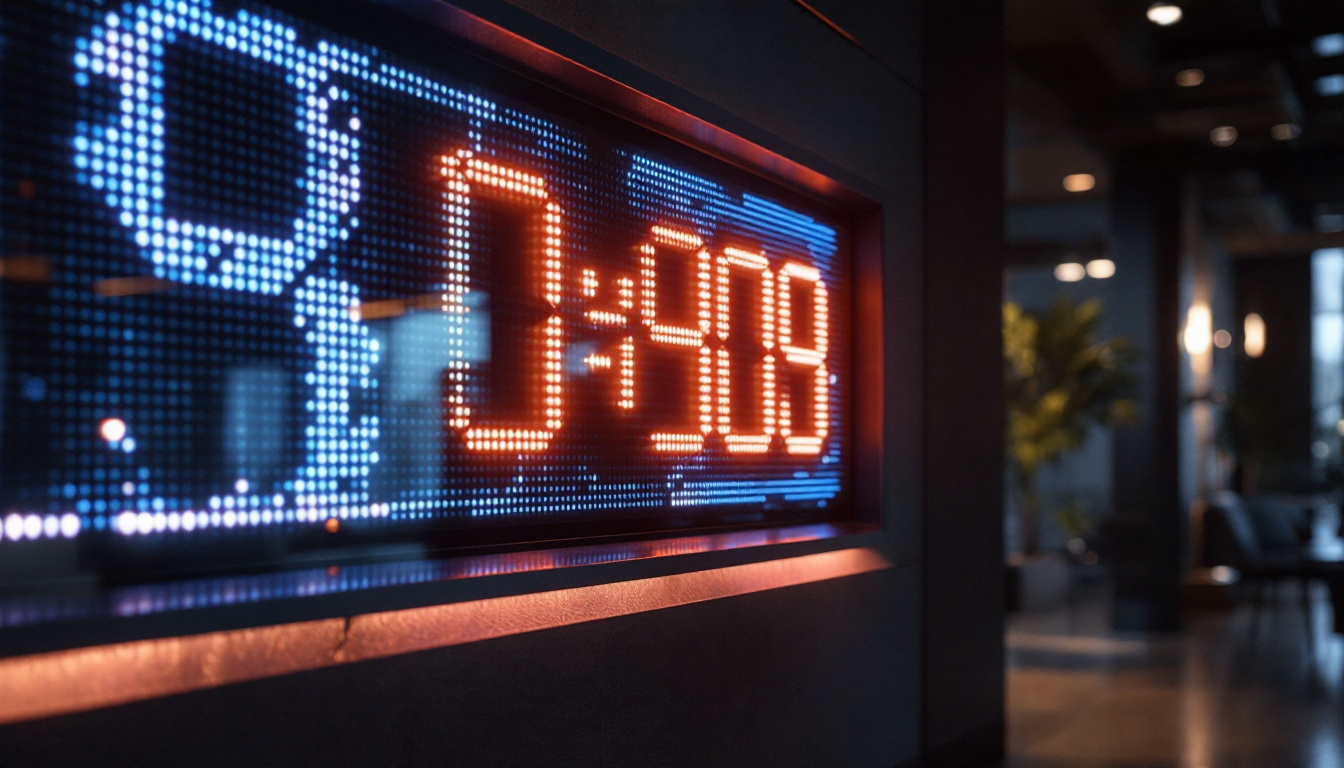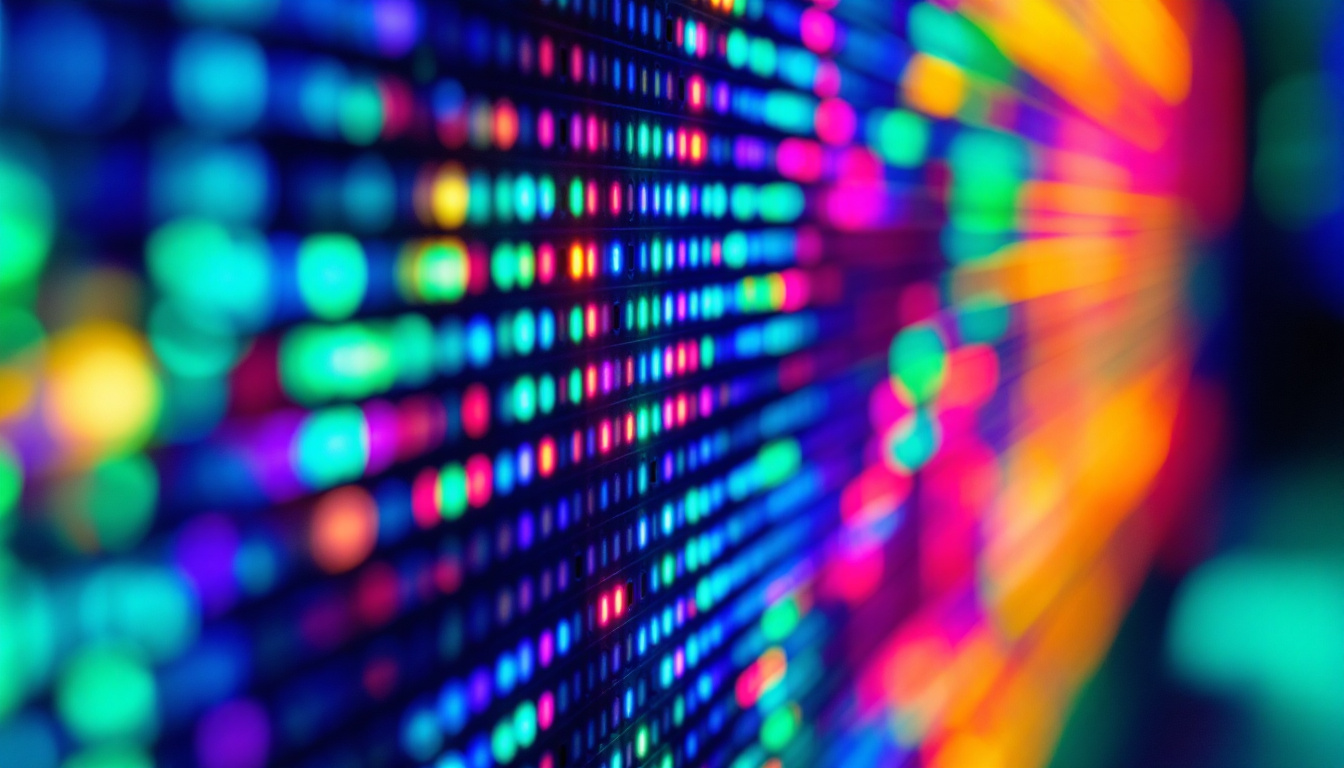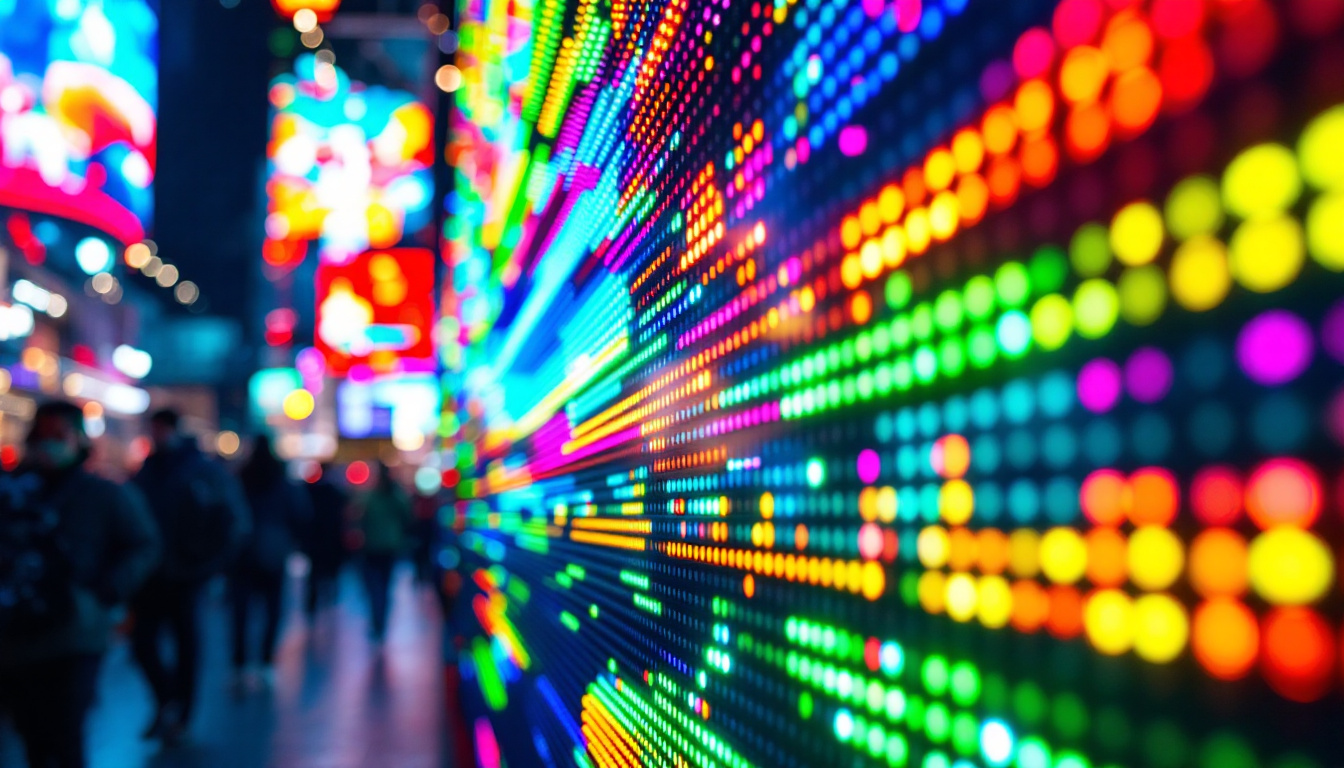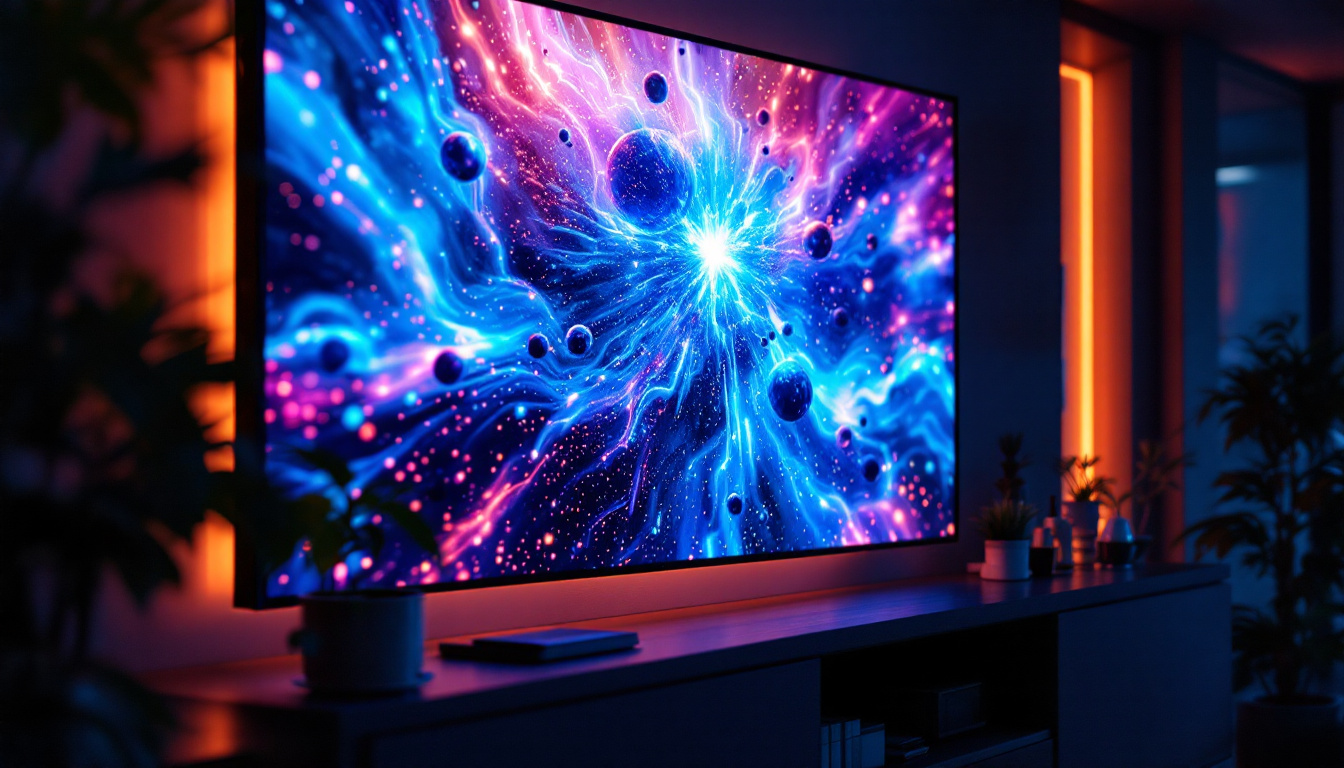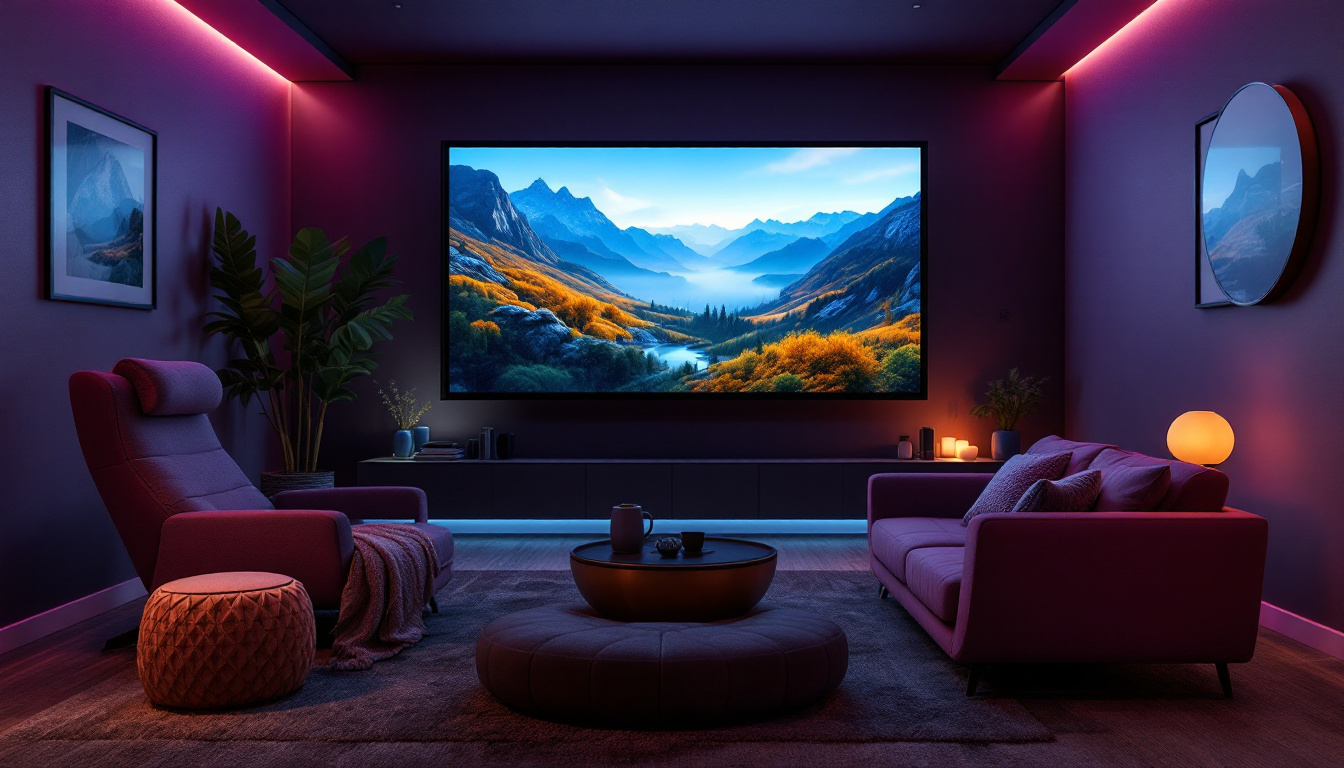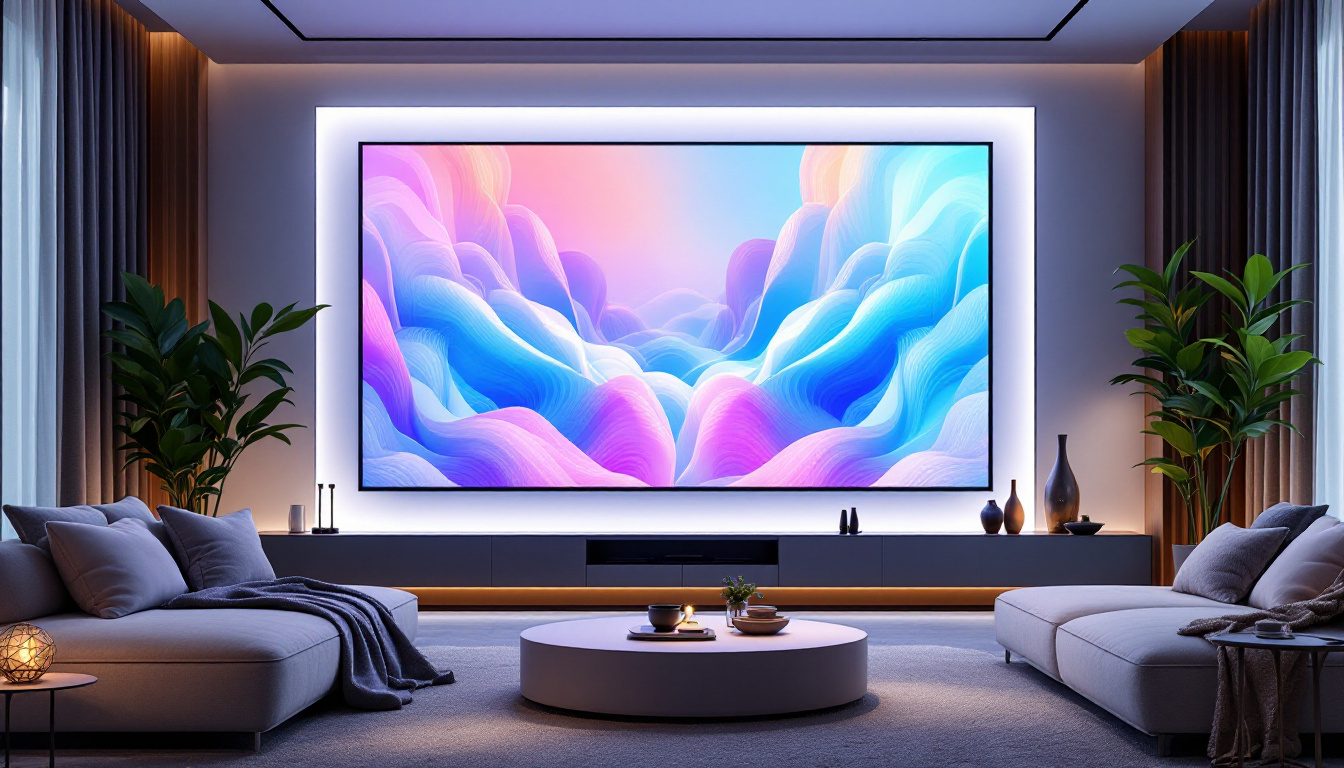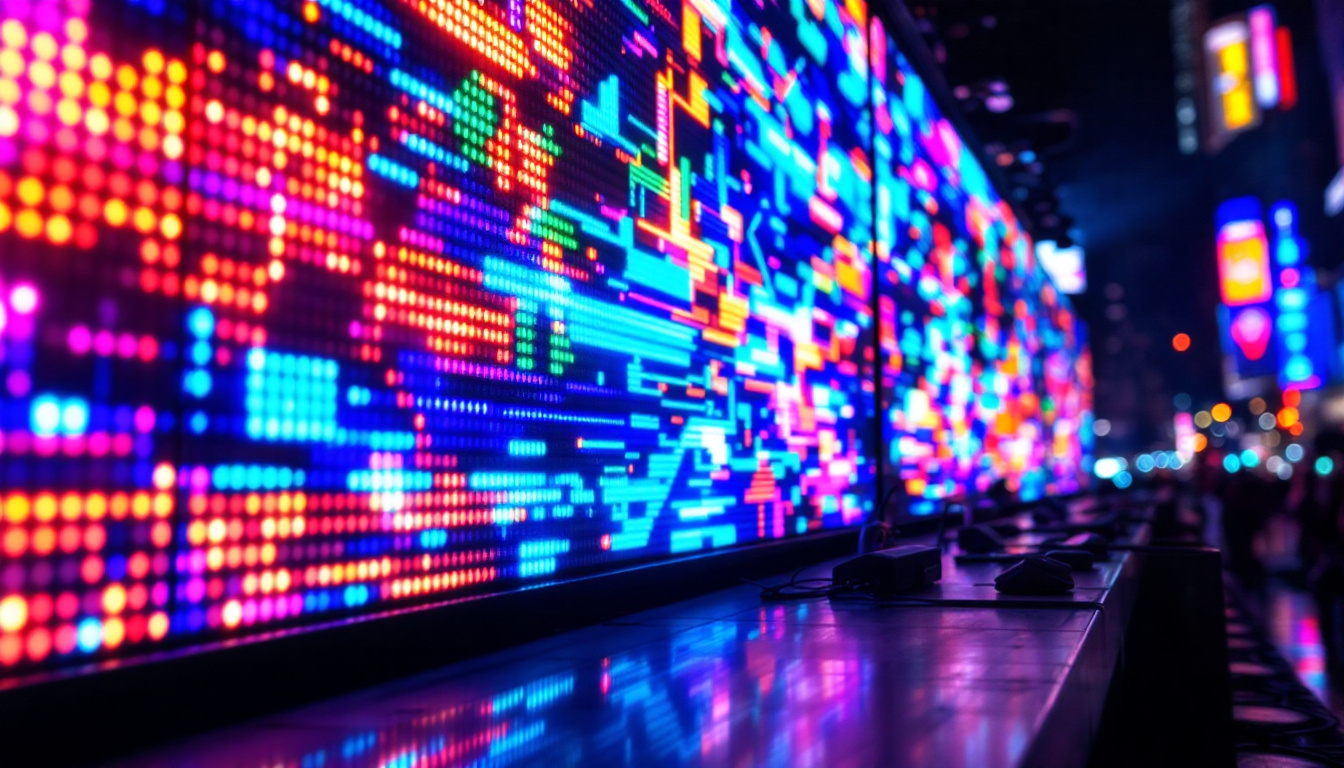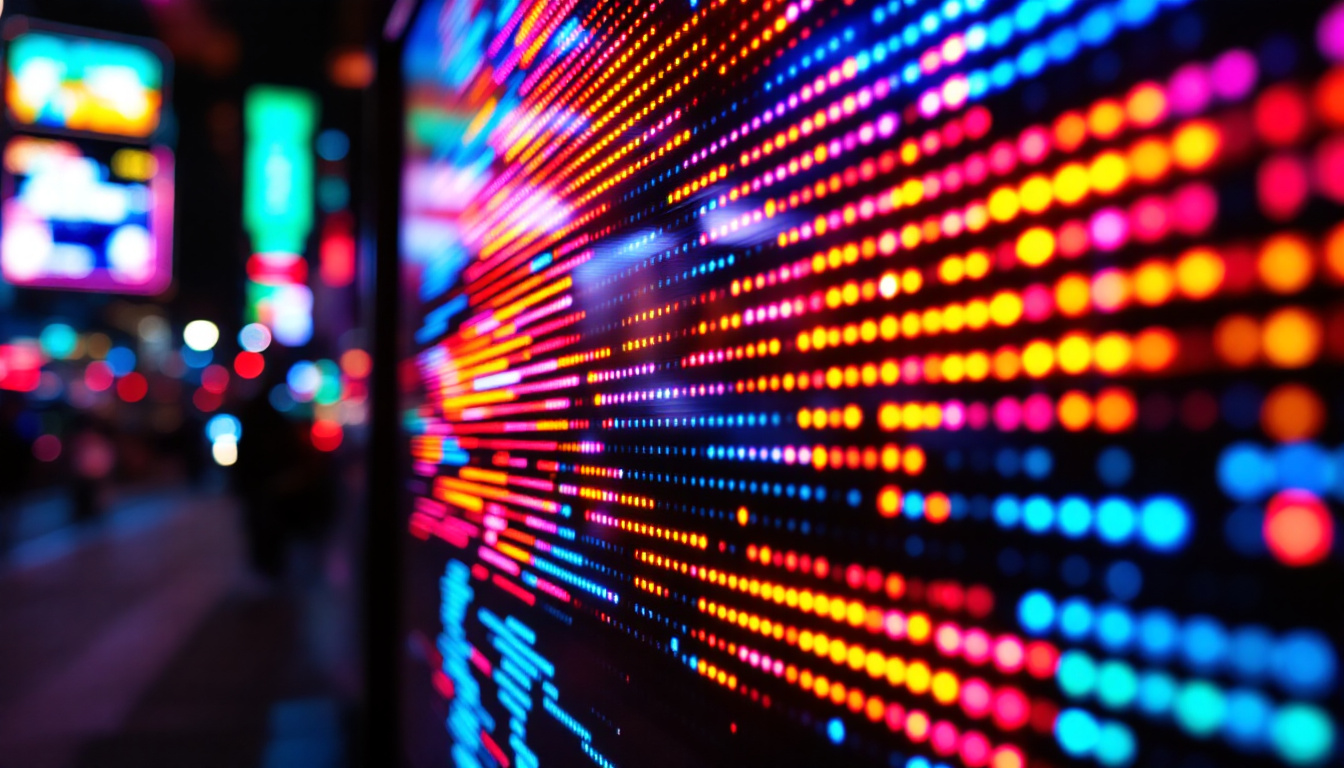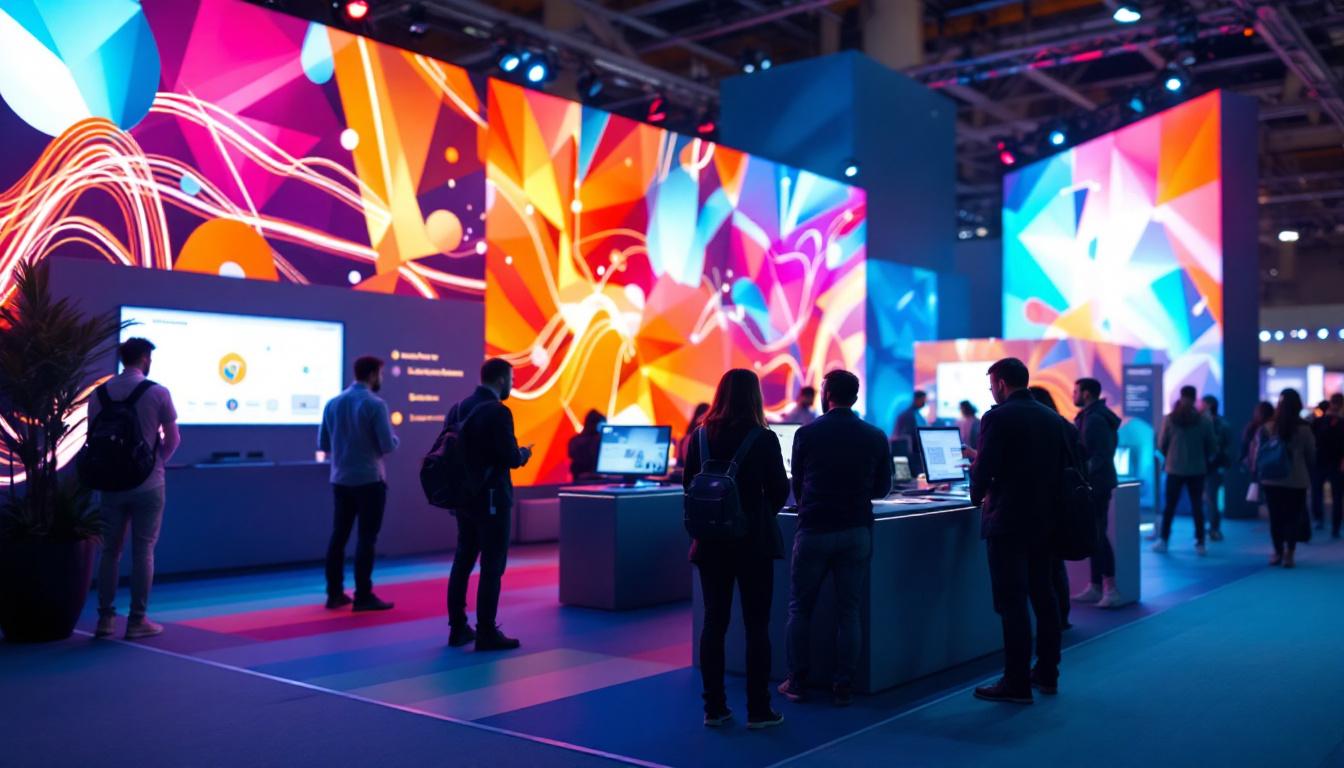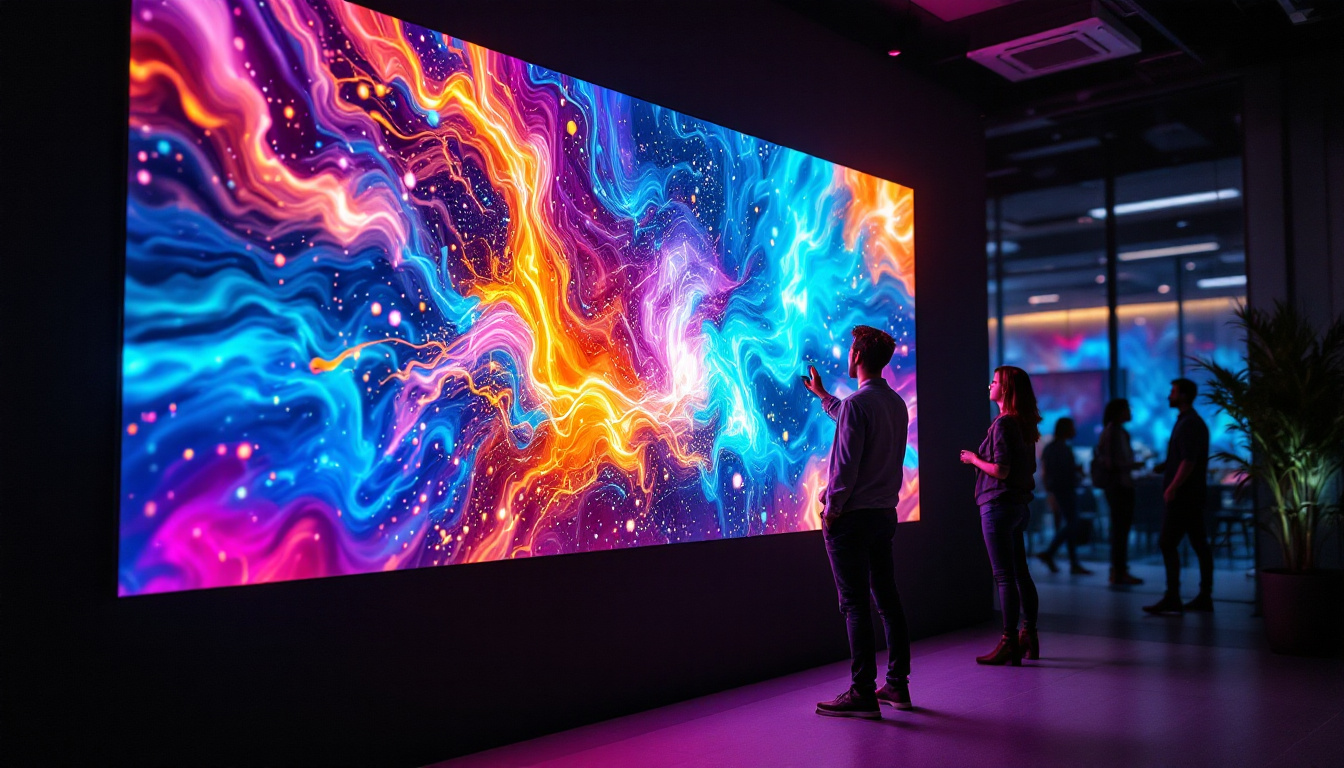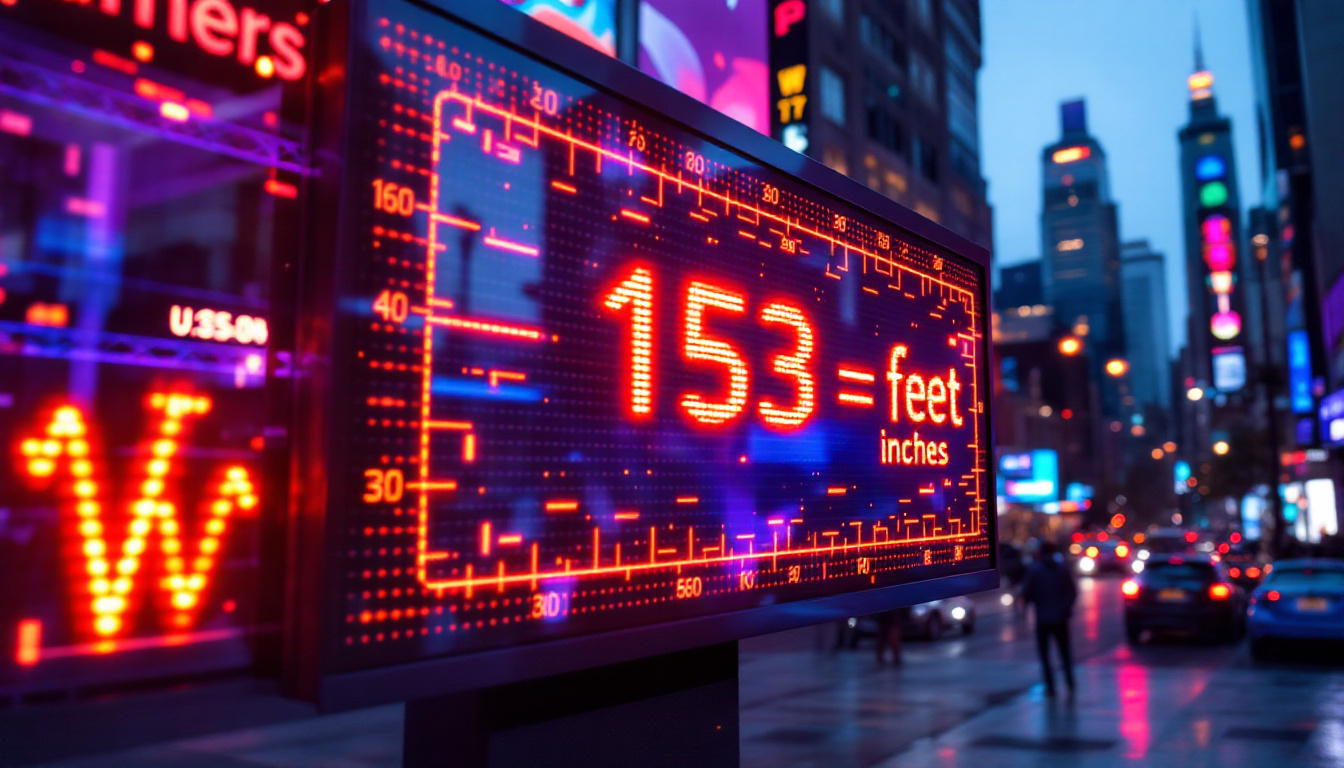In the world of printing technology, LED printers have emerged as a popular choice for both home and office use. They offer a unique combination of efficiency, quality, and cost-effectiveness. One of the standout features of LED printers is their use of LED displays, which play a crucial role in how these printers operate. This article delves into the intricacies of LED displays in printers, exploring their functionality, advantages, and the technology behind them.
Understanding LED Technology
LED, or Light Emitting Diode, technology has revolutionized various industries, including printing. Unlike traditional laser printers that use a laser beam to create images, LED printers utilize an array of LEDs to project light onto a photoconductive drum. This method not only enhances the printing process but also contributes to the overall efficiency of the printer. The compact nature of LED technology allows for smaller and lighter printers, making them ideal for office environments where space is at a premium. Additionally, LED printers are known for their energy efficiency, consuming less power than their laser counterparts, which can lead to significant cost savings over time.
How LED Printers Work
The operation of an LED printer begins with the LED array, which illuminates the photoconductive drum. As the drum rotates, the LEDs activate specific areas, creating an electrostatic charge that attracts toner particles. The toner is then transferred onto the paper, and the heat fuses it to create a permanent image. This process is known as electrophotography. The efficiency of this method is further enhanced by the rapid response time of LEDs, allowing for quicker printing speeds without sacrificing quality. This is particularly advantageous in high-volume printing environments where time is of the essence.
One of the key advantages of using LEDs is their ability to produce high-quality prints at a faster rate compared to traditional methods. The absence of moving parts, such as mirrors and lenses found in laser printers, allows for a more compact design and reduces the likelihood of mechanical failures. Furthermore, LED printers tend to have a longer lifespan due to their simpler construction, which means less downtime and lower maintenance costs for businesses.
The Role of Color in LED Displays
Color accuracy and vibrancy are essential in printing, especially for businesses that rely on high-quality graphics. LED printers excel in this area due to their advanced color management systems. By using a combination of cyan, magenta, yellow, and black (CMYK) toners, LED printers can produce a wide spectrum of colors with remarkable precision. This capability is crucial for industries such as graphic design and photography, where the fidelity of color reproduction can significantly impact the overall quality of the work.
Moreover, the LED technology enables better control over the light intensity, resulting in sharper images and more detailed prints. This is particularly beneficial for printing photographs and marketing materials where color fidelity is paramount. Additionally, the consistent output quality of LED printers means that businesses can rely on them for producing materials that maintain their brand’s visual integrity across different print runs. As a result, many companies are making the switch to LED technology not just for its efficiency, but also for the superior quality it offers in color reproduction and image clarity.
Advantages of LED Printers
LED printers offer several advantages over traditional laser and inkjet printers. Understanding these benefits can help consumers make informed decisions when selecting a printer for their needs.
Cost-Effectiveness
One of the most appealing aspects of LED printers is their cost-effectiveness. While the initial investment may be higher than that of an inkjet printer, the long-term savings are significant. LED printers typically have lower operating costs due to their efficient use of energy and toner.
Additionally, the toner cartridges used in LED printers tend to last longer than those in inkjet models, reducing the frequency of replacements. This longevity translates to fewer interruptions in printing tasks and lower overall expenses.
Energy Efficiency
Energy efficiency is another critical advantage of LED printers. They consume less power during operation compared to traditional laser printers, which often require a warm-up period. This feature not only helps reduce electricity bills but also contributes to a more environmentally friendly printing solution.
Furthermore, the compact design of LED printers means they take up less space, making them an ideal choice for small offices or home workspaces where every inch counts.
Durability and Reliability
LED printers are known for their durability and reliability. With fewer moving parts, these printers are less prone to mechanical failures, ensuring consistent performance over time. This reliability is particularly important for businesses that rely on uninterrupted printing for daily operations.
Moreover, the robust construction of LED printers means they can withstand the rigors of heavy use, making them suitable for environments with high printing demands.
Comparing LED Printers to Other Technologies
When considering a printer, it’s essential to compare LED technology with other printing methods, such as inkjet and traditional laser printers. Each technology has its unique strengths and weaknesses, influencing the choice of printer based on specific needs.
LED vs. Inkjet Printers
Inkjet printers are known for their ability to produce high-quality color prints, particularly for photographs. However, they often come with higher operating costs due to the frequent need for ink cartridge replacements. In contrast, LED printers offer lower running costs and faster print speeds, making them a better choice for businesses that require high-volume printing.
Additionally, LED printers are less susceptible to issues like ink clogging, which can be a common problem with inkjet printers, especially if they are not used regularly.
LED vs. Laser Printers
While both LED and laser printers use similar electrophotographic technology, the main difference lies in the light source. Laser printers utilize a laser beam and rotating mirrors, whereas LED printers use a fixed array of LEDs. This difference results in LED printers being more compact, quieter, and generally more energy-efficient.
Moreover, LED printers tend to produce sharper images and finer details, making them a preferred choice for professional printing applications where quality is paramount.
Choosing the Right LED Printer
When selecting an LED printer, several factors should be considered to ensure it meets specific printing needs. Understanding these factors can help streamline the decision-making process.
Print Volume and Speed
One of the first considerations should be the expected print volume. For businesses with high printing demands, a printer with a high page-per-minute (PPM) rating is essential. LED printers typically offer faster print speeds than inkjet models, making them suitable for environments where efficiency is crucial.
Additionally, evaluating the monthly duty cycle can help determine the printer’s capability to handle regular workloads without compromising performance.
Print Quality and Resolution
print quality is another vital factor. Look for an LED printer that offers high resolution, measured in dots per inch (DPI). A higher DPI translates to better image quality, which is especially important for printing detailed graphics or photographs.
Reading reviews and comparing sample prints can provide insights into the printer’s performance in real-world scenarios, helping to make an informed choice.
Connectivity Options
In today’s digital age, connectivity is paramount. Many LED printers offer various connectivity options, including USB, Ethernet, and wireless capabilities. This flexibility allows for easy integration into existing office networks and enables printing from multiple devices, including smartphones and tablets.
Choosing a printer with robust connectivity features can enhance productivity and streamline printing processes, especially in collaborative work environments.
Maintenance and Support
Proper maintenance is essential for ensuring the longevity and performance of any printer. LED printers are generally low-maintenance, but regular upkeep can prevent potential issues and enhance print quality.
Routine Maintenance Tips
To keep an LED printer in optimal condition, consider implementing routine maintenance practices. These include regularly cleaning the printer, checking for firmware updates, and ensuring that toner levels are monitored. Keeping the printer free from dust and debris can also prevent common printing problems.
Additionally, following the manufacturer’s guidelines for maintenance can help extend the lifespan of the printer and ensure consistent performance over time.
Warranty and Customer Support
Before purchasing an LED printer, it’s essential to review the warranty and customer support options available. A robust warranty can provide peace of mind, ensuring that any potential issues are addressed promptly without incurring additional costs.
Furthermore, reliable customer support can be invaluable when troubleshooting problems or seeking assistance with setup and maintenance. Researching customer reviews and support ratings can help gauge the level of service offered by the manufacturer.
Future Trends in LED Printing Technology
The printing industry is continually evolving, and LED technology is at the forefront of these advancements. As businesses and consumers seek more efficient and sustainable printing solutions, several trends are emerging in the LED printing landscape.
Eco-Friendly Innovations
With increasing awareness of environmental issues, many manufacturers are focusing on developing eco-friendly printing solutions. LED printers are inherently more energy-efficient, but innovations in toner formulations and recycling programs are also gaining traction.
These advancements aim to reduce waste and promote sustainability, aligning with the growing demand for environmentally responsible products in the market.
Integration with Smart Technology
The integration of smart technology into LED printers is another trend to watch. Features such as mobile printing, cloud connectivity, and advanced security options are becoming standard in modern printers. These capabilities enhance user experience and streamline workflows, making printing more accessible and efficient.
As technology continues to advance, LED printers are likely to incorporate even more innovative features, further solidifying their position in the printing industry.
Conclusion
LED printers represent a significant advancement in printing technology, offering numerous advantages over traditional inkjet and laser printers. With their cost-effectiveness, energy efficiency, and high-quality output, they are an excellent choice for both home and office environments.
Understanding the functionality of LED displays and the technology behind LED printers can help consumers make informed decisions when selecting a printer that meets their specific needs. As the industry evolves, LED printers will continue to play a crucial role in shaping the future of printing, making them a worthwhile investment for anyone looking to enhance their printing capabilities.
Discover LumenMatrix’s Advanced LED Display Solutions
Ready to experience the pinnacle of LED display technology? LumenMatrix is at the forefront of innovation, offering a diverse range of LED display solutions that bring your visual communications to life. Whether you need an Indoor LED Wall Display for your corporate headquarters, an Outdoor LED Wall Display for high-impact advertising, or any of our specialized displays like Vehicle LED Displays, LED Sports Displays, or Custom LED Solutions, LumenMatrix has the cutting-edge technology to elevate your brand’s presence. Check out LumenMatrix LED Display Solutions today and see how we can transform your visual messaging with clarity and vibrancy.

